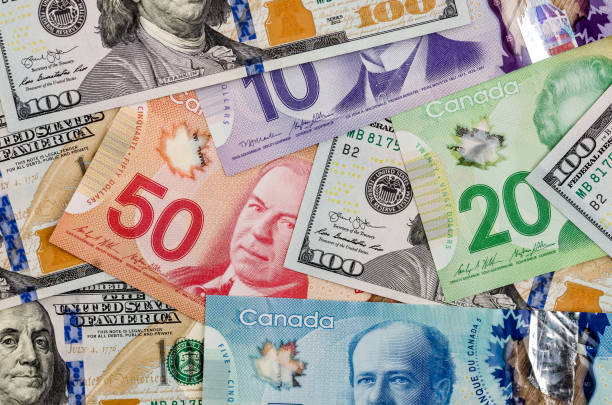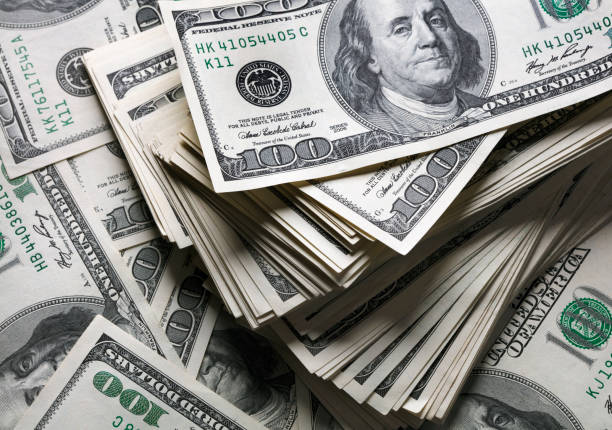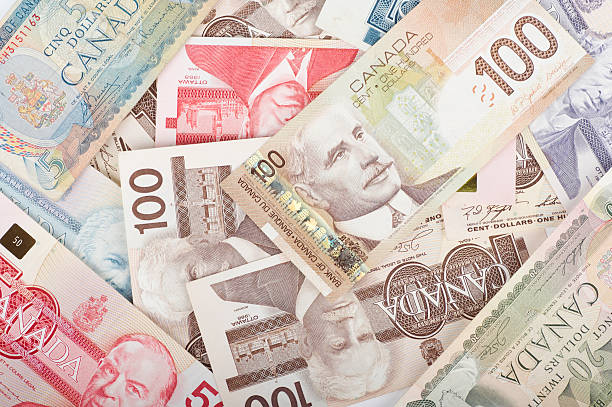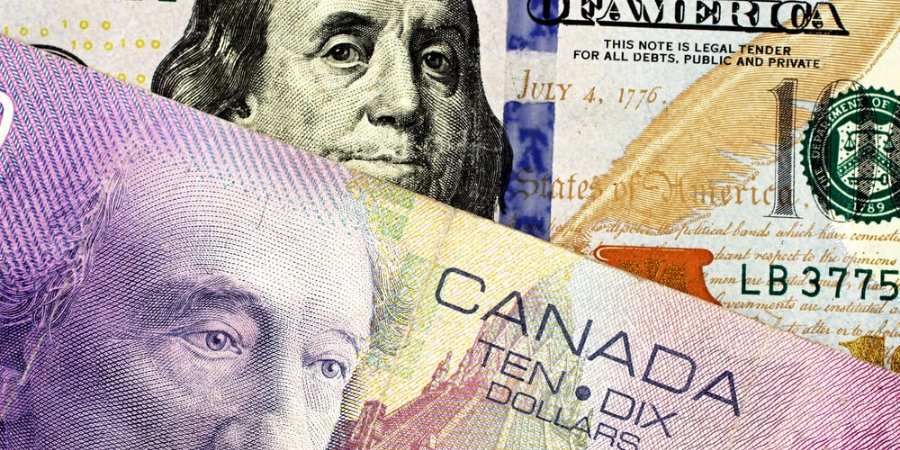US Dollar Index (DXY) remains depressed below 101.00, over one-week low ahead of NFP

- DXY drifts lower for the third successive day and drops to over a one-week low on Friday.
- Bets for a larger Fed rate cut keep the US bond yields depressed and exert some pressure.
- Investors now look forward to the key US NFP report before placing fresh directional bets.
The US Dollar Index (DXY), which tracks the Greenback against a basket of currencies, prolongs this week's downfall from the vicinity of the 102.00 mark and continues losing ground for the third successive day on Friday. The downward trajectory drags the index below the 101.00 round figure, or over a one-week low during the first half of the European session as traders now look to the crucial US employment details for a fresh impetus.
The popularly known Nonfarm Payrolls (NFP) report will play a key role in influencing market expectations about the Federal Reserve's (Fed) policy path and determining the next leg of a directional move for the DXY. In the meantime, bets for a larger interest rate cut later this month, bolstered by a mixed bag of US employment data released this week, which provided evidence of a deteriorating labor market. In fact, a report on Wednesday showed that US job openings dropped to a three-and-a-half-year low of 7.673 million in July.
Adding to this, Automatic Data Processing (ADP) reported on Thursday that private-sector employment registered the smallest rise since January 2021 and increased by 99K in August. Furthermore, Chicago Fed President Austan Goolsbee said on Friday that the longer-run trend of labor market and inflation data justify easing interest-rate policy soon and then steadily over the next year. This keeps the US Treasury bond yields depressed at their lowest levels in more than a year and continues to undermine demand for the Greenback.
With the latest leg down, the DXY has reversed a major part of last week's recovery gains from the YTD trough and remains on track to register a third week of losses in the previous four. Moreover, the aforementioned fundamental backdrop seems tilted firmly in favor of bearish traders and suggests that the path of least resistance for the index remains to the downside. That said, an upbeat US jobs report could trigger a short-covering rally, though the immediate market reaction is more likely to be limited and fizzle out rather quickly.
US Dollar FAQs
What is the US Dollar?
The US Dollar (USD) is the official currency of the United States of America, and the ‘de facto’ currency of a significant number of other countries where it is found in circulation alongside local notes. It is the most heavily traded currency in the world, accounting for over 88% of all global foreign exchange turnover, or an average of $6.6 trillion in transactions per day, according to data from 2022. Following the second world war, the USD took over from the British Pound as the world’s reserve currency. For most of its history, the US Dollar was backed by Gold, until the Bretton Woods Agreement in 1971 when the Gold Standard went away.
How do the decisions of the Federal Reserve impact the US Dollar?
The most important single factor impacting on the value of the US Dollar is monetary policy, which is shaped by the Federal Reserve (Fed). The Fed has two mandates: to achieve price stability (control inflation) and foster full employment. Its primary tool to achieve these two goals is by adjusting interest rates. When prices are rising too quickly and inflation is above the Fed’s 2% target, the Fed will raise rates, which helps the USD value. When inflation falls below 2% or the Unemployment Rate is too high, the Fed may lower interest rates, which weighs on the Greenback.
What is Quantitative Easing and how does it influence the US Dollar?
In extreme situations, the Federal Reserve can also print more Dollars and enact quantitative easing (QE). QE is the process by which the Fed substantially increases the flow of credit in a stuck financial system. It is a non-standard policy measure used when credit has dried up because banks will not lend to each other (out of the fear of counterparty default). It is a last resort when simply lowering interest rates is unlikely to achieve the necessary result. It was the Fed’s weapon of choice to combat the credit crunch that occurred during the Great Financial Crisis in 2008. It involves the Fed printing more Dollars and using them to buy US government bonds predominantly from financial institutions. QE usually leads to a weaker US Dollar.
What is Quantitative Tightening and how does it influence the US Dollar?
Quantitative tightening (QT) is the reverse process whereby the Federal Reserve stops buying bonds from financial institutions and does not reinvest the principal from the bonds it holds maturing in new purchases. It is usually positive for the US Dollar.








